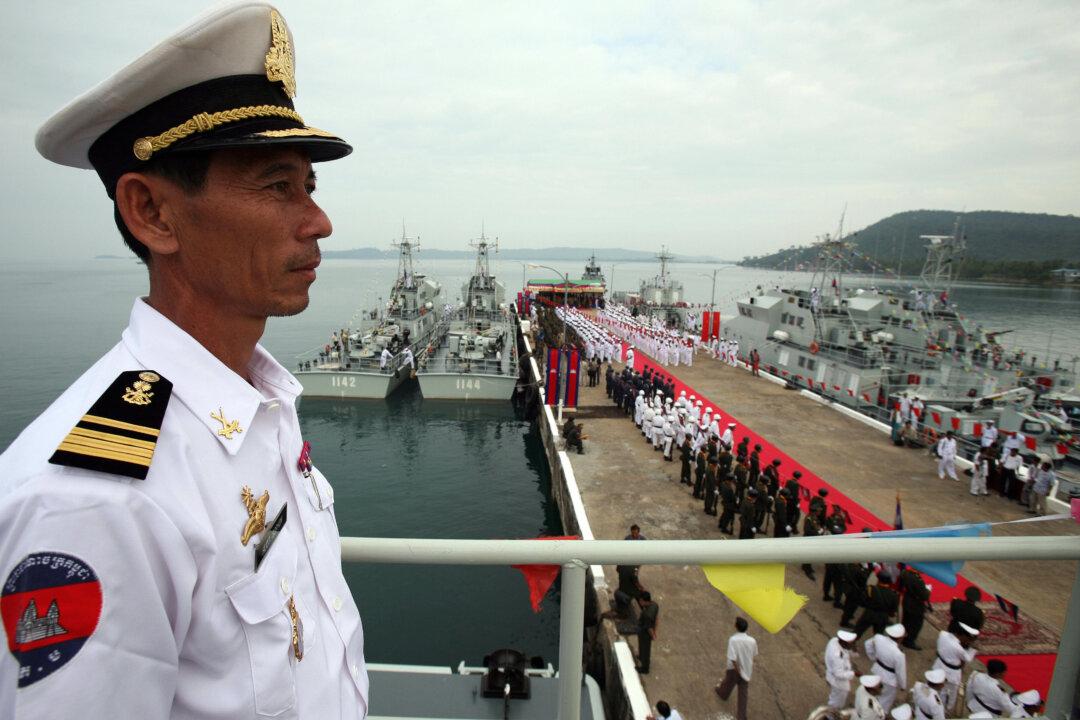Commentary
China is building a canal in Cambodia that will give it greater access to the sea, threatening the security of Taiwan, Vietnam, and U.S. interests in the region.

China is building a canal in Cambodia that will give it greater access to the sea, threatening the security of Taiwan, Vietnam, and U.S. interests in the region.